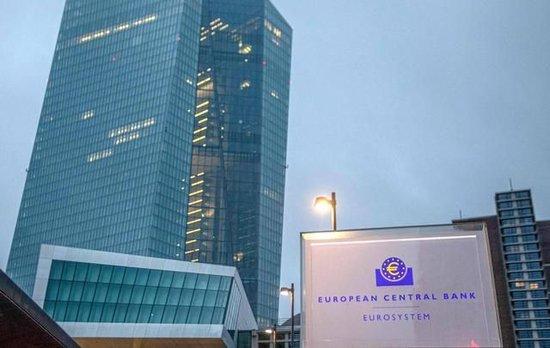
In the complex chess game of global financial markets, the policy dynamics of the European Central Bank have been the focus of attention. The statement of the European Central Bank Governing Council Villeroy on November 29 attracted wide attention. Its claim that the ECB no longer needed to restrain the economy and that another rate cut in December was all but a forego triggered a chain reaction in money markets, with market participants increasing their bets on the extent of the ECB's rate cuts next year, expected to total about 150 basis points.
Judging from the current economic situation in Europe, this policy direction has its internal logic. On the one hand, inflation data show some moderation. The tight monetary policy adopted in the early stage to curb inflation has achieved phased results, and the inflation rate is gradually moving towards the target level. For example, recent data suggest that inflationary pressures in the eurozone have eased, giving central banks room to adjust monetary policy. On the other hand, the momentum of economic growth is slightly insufficient. The continued high interest rate environment has to some extent inhibited corporate investment and household consumption, and the real economy is faced with problems such as rising capital costs and increasing financing difficulties, and the overall economic recovery is relatively slow. Interest rate cuts are expected to reduce the financing costs of enterprises, stimulate investment and production activities to increase, and then drive consumption, inject new vitality into economic growth.
For financial markets, the ECB's expected rate cut will have far-reaching implications in many ways. First, in the bond market, falling interest rates will push bond prices up. Investors buy more bonds in anticipation of future fixed-income cash flows that will be more valuable in a low-interest rate environment. Treasury yields are likely to fall further, and the yield curve of bonds with different maturities will shift accordingly, which will affect the funding costs of bond issuers and the yield structure of investors. Second, in the stock market, interest rate cuts are usually seen as good news. Lower interest rates mean lower funding costs for companies, and profit expectations could improve, which would boost stock valuations and attract more money into the stock market, driving prices higher. In particular, those industries that are sensitive to interest rates, such as real estate and finance, may usher in a round of rising prices. Moreover, for the exchange rate market, the euro exchange rate may come under downward pressure. The interest rate cut makes the yield of euro assets decline relatively. In the context of global capital flow, investors tend to transfer funds to other currency assets with higher yield, resulting in a decrease in the demand for euro in the foreign exchange market and a relative increase in supply, which promotes the depreciation of the euro. This may be a good thing for European export companies, helping to improve the competitiveness of their products in the international market, but it will also increase the cost of imports, and have a certain effect on domestic prices.
From the perspective of macroeconomic policy coordination, the ECB's interest rate reduction action also needs to be coordinated with national fiscal policies. A single monetary policy may not be able to fully solve the structural problems facing the European economy, and fiscal policy should also play a positive role in promoting economic growth and adjusting industrial structure. National governments can increase public investment, implement tax incentives and other measures, and form a synergy with the monetary policy of the central bank to jointly promote the sustainable development of the European economy.
In summary, the ECB's expected rate cut in December and the market's bets on a significant rate cut next year reflect the specific needs and complex situation facing the European economy at this stage. This policy dynamic will trigger a series of chain reactions in many financial market areas such as bonds, stocks and exchange rates, and it is also facing many uncertainties and challenges. In the future development process, the European Central Bank needs to pay close attention to the changes of economic data, flexibly adjust monetary policies, and strengthen the coordination and cooperation with the fiscal policies of various governments, so as to achieve the multiple goals of price stability, economic growth and financial market stability, and strive to maintain the stability and prosperity of the European financial system amid the continuous evolution of the global economic pattern.

On the just concluded trading day, the three major stock indexes in the United States closed with a moderate upward trend, marking the fifth consecutive trading day of uptrend in the market.
On the just concluded trading day, the three major stock in…
By the end of 2025, the US financial sector is being swept …
In just one month, former Japanese Prime Minister Shigeru I…
On the grand stage of the financial market, expectations of…
The Japanese government officially finalized a supplementar…
A recent analysis indicates that North Korea is leveraging …